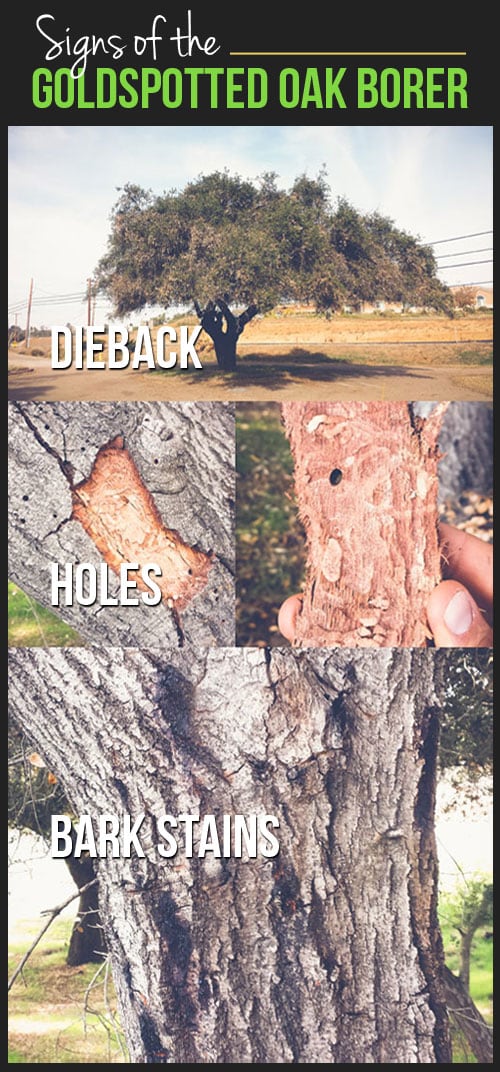Tree Conservation: Indicators That Show The Need For Removal
Tree Conservation: Indicators That Show The Need For Removal
Blog Article
Published By-Damm Harrington
If you've ever before questioned the fate of the trees on your residential or commercial property, comprehending when it's time for removal is important. However how do you establish if a tree can be saved or if elimination is the only choice? By trying to find details indicators and assessing security dangers, you can make educated choices that profit both your landscape and your surroundings. Let's explore the essential aspects that come into play when deciding the destiny of a tree and how you can ensure the most effective result for your green buddies.
Indications of Tree Decline
If you observe any one of the complying with indicators of tree decline in your backyard, it may be time to think about tree elimination.
One usual sign is dead or decaying branches, which can show underlying problems impacting the tree's health. Keep an eye out for stained or shrivelled leaves that linger despite having correct treatment, as this could be an indication of condition or bugs.
One more warning signal is too much leaning or a recognizable change in the tree's base, which might suggest origin issues or architectural instability. Keep an eye out for fungal growth on the trunk or origins, as this can suggest rot and endanger the tree's stability.
In addition, if you observe big splits in the trunk or significant arm or legs, it's critical to attend to these concerns promptly to avoid potential hazards. Dealing with these signs of tree decline without delay can assist maintain the safety and visual appeals of your yard environment.
Security Issues
To make certain the wellness of your building and those around you, prioritizing safety problems related to trees is extremely important. Trees can present various safety and security threats if not effectively maintained. Dead or rotting branches may fall unexpectedly, threatening people or damaging structures.
Leaning trees can likewise be harmful, specifically if they're leaning towards a structure or power lines. In addition, trees with considerable origin systems near foundations or below ground utilities can trigger considerable damages with time.
It's essential to on a regular basis evaluate your trees for any type of indicators of potential danger. Look out for cracks in the trunk, huge tooth cavities, or indications of illness and decay. If you see any one of these problems, it's finest to consult with an expert arborist to evaluate the scenario and identify the needed course of action.
Taking positive actions to resolve security concerns promptly can avoid accidents and building damage in the future. Keep in mind, the security of your home and those around you need to constantly be the top concern when it pertains to tree maintenance.
Consulting an Arborist
When thinking about the health and safety of your trees, speaking with an arborist is an essential step. Arborists are educated experts who specialize in the treatment and maintenance of trees. They can evaluate the overall wellness of your trees, identify any type of problems such as diseases or architectural issues, and offer experienced recommendations on the best course of action.
By speaking with an arborist, you can obtain valuable insights right into the condition of your trees and determine whether elimination is necessary. Learn Even more Here have the expertise and experience to examine the risks related to maintaining a tree versus removing it. They can also provide assistance on different remedies, such as trimming, cabling, or supporting, to aid protect the tree whenever possible.
Additionally, arborists can assist you browse any local regulations or permits that might be needed for tree elimination. Their competence can make certain that the procedure is carried out securely and in compliance with any kind of appropriate legislations.
Verdict
Finally, when determining whether trees can be saved or if removal is required, it is necessary to consider signs of decrease and safety concerns. Consulting an arborist for a comprehensive analysis is necessary in making the best decision for the tree's health and wellness and possible threats. Remember, aggressive care and prompt activity can assist preserve trees and protect against accidents.
